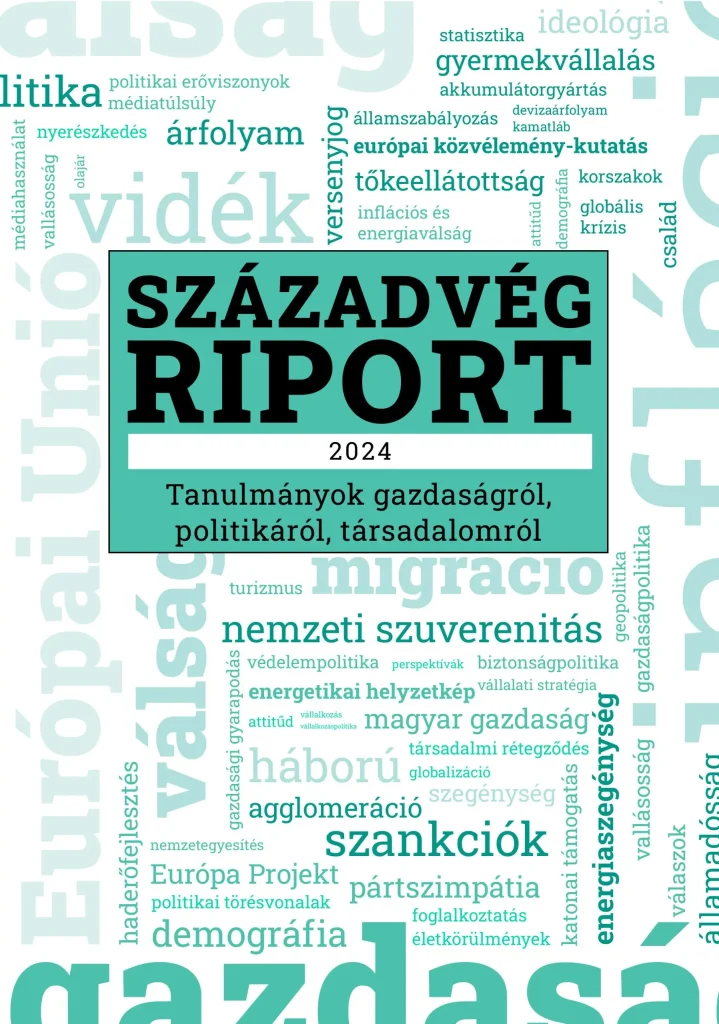Three sub-indices of the household prosperity index improved and one worsened compared to the previous month, and, overall, the index improved considerably compared to September. Employment continues to be the most positively assessed, returning from -5.9 in the previous month to a positive 0.4. Households are most negative about inflation, with a slight deterioration compared to September, falling from -84.7 to -85.8. The perception of the economic environment improved from -30.4 points in the previous month to -26.9, while that of the financial situation improved from -20.9 to -17.1.
In the household survey, the biggest positive shift is the fact that respondents are working more on average. When asked “On average, how many hours do you work a week?” fewer people (7.6%) said they worked 30 hours or less than a month ago (10.1%). However, we have observed a marked increase (+8.2 percentage points) from September (51.5%) to October (59.7%) for those working between 30 and 45 hours. However, 37.9% of respondents worked more than 45 hours a week on average in September, compared to 32.4% in October.
In October, the biggest negative shift for households was seen in the expected evolution of the forint-euro exchange rate over the next year. The category “significant strengthening” was forecast by 1.9%, down from 3.1% in September. The category “slight strengthening” was forecast by 14.9%, up from 14.0%. The category “no change” was forecast by 23.6% of respondents, down from 23.3%. The category “slight weakening” was forecast by 35.0% up from 31.5%. The category “strong weakening” of the Hungarian currency in the coming year was forecast by 21.2% in October, down from 22.4% in September.
The business survey showed an improvement in all four sub-indices. The economic environment index increased more significantly from -31.9 in the previous month to -28.0, the business environment index increased from -26.6 to -25.1 and the industrial environment index improved from -11.9 to -9.4, while the production environment index improved less sharply, from -11.9 to -10.7.
Companies were most negative about the price evolution of their products over the past year. Indeed, based on the responses of the business leaders surveyed, the survey shows a clear slight fall in prices from September to October. After September, 1.2 percentage points fewer respondents said they had increased product prices by more than 7%, while 1.9 percentage points more respondents said they had increased product prices by less than 1%. Continuing this analysis, we find that the average decline in the increase in business product prices drives inflation in a favourable direction.
The most positive change for companies was in their expectations of the Hungarian economy over the next year. While in September, 18.9% of the business leaders surveyed said that the situation would “worsen significantly”, in October the figure was 14.4%. The category “slight worsening” was forecast by 26.8% after 28.9% and the category “no change” by 24.6% after 22.0%. The response “slight improvement” was given by 26.1% of companies in October, down from 22.7% in September, while the response “significant improvement” was given by 3.3% of companies, up from 2.8% in September.
The purpose of the prosperity survey conducted by Századvég Konjunktúrakutató is to provide information to decision-makers and analysts on current and near-term economic developments. Since August 2019, our Institute has been producing the business and consumer prosperity index on a monthly basis. Our monthly survey asks 1,000 business leaders and 1,000 adult residents about their assessment of the economic situation and their expectations. For the two groups, we ask 29 and 28 questions respectively, covering a wide range of economic life. Among the responses received, positive ones (e.g. expected economic improvement) are given a positive score, while negative ones (expected decrease in employment) are given a negative score. The scores are then averaged and converted to a scale between -100 and +100 to obtain the prosperity indices. Thus, the higher the value of the prosperity indices, the more positive households’ and companies’ perception of the economy is. In addition, for both the household and the business survey, 4 sub-indices are constructed using a subset of the questions to illustrate the evolution of economic sentiment in a particular area.
